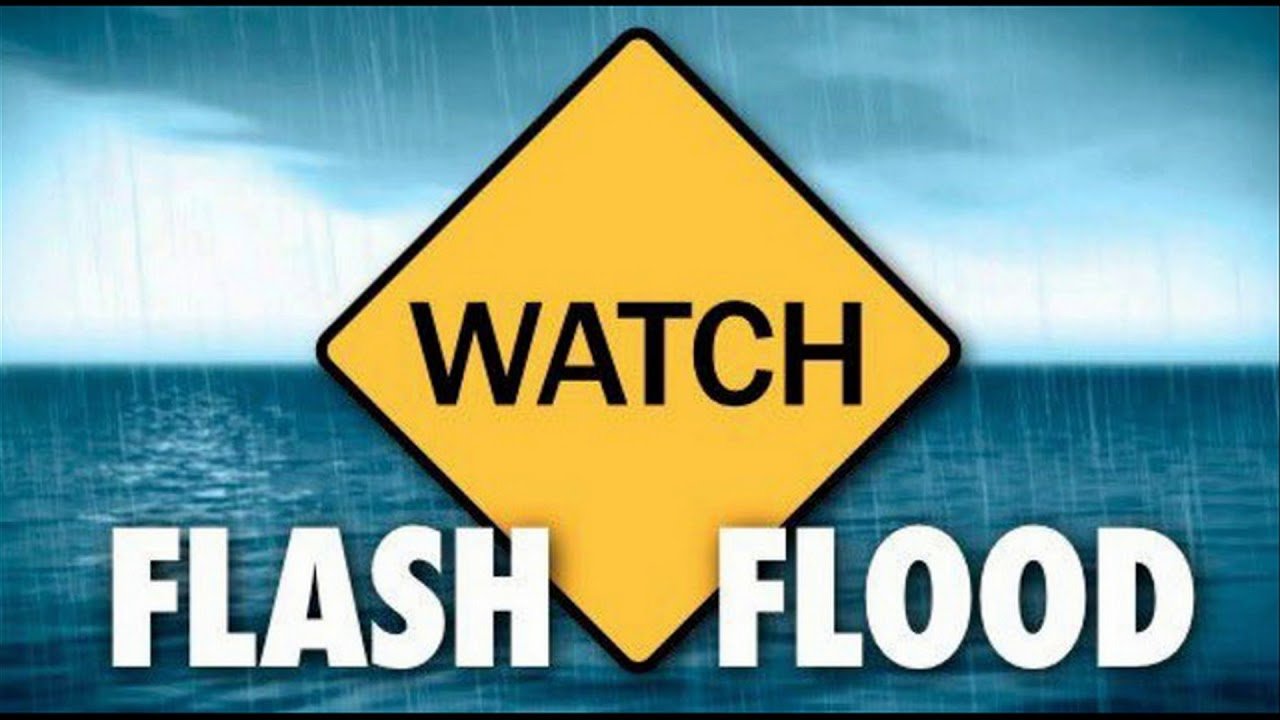Introduction
Coastal flooding is a serious concern for many communities located near the ocean, bays, or estuaries. One important alert that people living in these areas should know about is the Coastal Flood Watch. This warning helps residents understand when conditions might lead to coastal flooding and gives them time to prepare. In this blog, we will explain what a Coastal Flood Watch means, the causes of coastal flooding, how to respond, and steps to stay safe.
What Is a Coastal Flood Watch?
A Coastal Flood Watch is an official notification issued by weather agencies when there is the potential for flooding along coastal areas. It means that conditions are favorable for coastal flooding to happen, but it is not yet certain. The watch allows residents, businesses, and local authorities to prepare in advance in case the situation worsens.
A Coastal Flood Watch is different from a Coastal Flood Warning, which is issued when flooding is either imminent or already occurring. The watch is a heads-up to be alert and ready.
Causes of Coastal Flooding
Coastal flooding occurs when seawater rises above normal levels and inundates land areas near the coast. Several natural factors can cause this, including:
-
Storm Surge: This is the abnormal rise in seawater caused by strong winds and low pressure during storms such as hurricanes or tropical storms.
-
High Tides: During full or new moons, tides are higher than usual, known as spring tides, which can increase the risk of flooding.
-
Heavy Rainfall: Intense rain can lead to water runoff and overwhelmed drainage systems, contributing to flooding near the coast.
-
Wave Action: Large waves generated by storms or strong winds can push water onto the shore.
-
Sea Level Rise: Long-term rise in sea levels due to climate change increases the frequency and severity of coastal flooding.
Areas Most at Risk
Low-lying coastal communities, barrier islands, and areas near bays or estuaries are especially vulnerable to coastal flooding. Floodwaters can damage homes, infrastructure, and natural habitats. Flooding also poses risks to personal safety and disrupts transportation, utilities, and emergency services.
How to Stay Informed
When a Coastal Flood Watch is issued, it is important to stay updated through reliable sources such as:
-
Local weather stations
-
National weather services
-
Emergency management agencies
Sign up for alerts on your phone or other devices to receive timely notifications. Understanding the forecast and warnings helps you make informed decisions.
Preparing for a Coastal Flood Watch
Here are important steps to take when you learn about a Coastal Flood Watch:
-
Review Your Emergency Plan: Know evacuation routes, family meeting points, and how to contact each other.
-
Prepare an Emergency Kit: Include essentials like water, non-perishable food, medications, flashlights, batteries, and important documents.
-
Secure Property: Bring outdoor furniture inside, protect windows with storm shutters or plywood, and check drainage systems.
-
Stay Ready to Evacuate: Keep your vehicle fueled and packed with essentials in case evacuation orders are given.
-
Protect Important Documents: Store important papers in waterproof containers or digital copies.
What to Do During a Coastal Flood Warning
If a Coastal Flood Watch escalates to a warning or flooding begins:
-
Follow instructions from local officials immediately.
-
Evacuate if ordered.
-
Avoid walking or driving through floodwaters.
-
Stay away from downed power lines or damaged structures.
-
Keep your emergency kit handy and stay tuned to weather updates.
After a Coastal Flood
After flooding, safety remains a priority:
-
Do not return home until authorities declare it safe.
-
Avoid floodwaters as they may contain contaminants or hidden hazards.
-
Inspect your property carefully and document damage for insurance.
-
Use caution with electrical systems and appliances.
-
Seek help if you or your family need medical or emergency assistance.
Why Coastal Flood Watches Matter
Coastal Flood Watches give valuable lead time to reduce harm to people and property. Early awareness allows communities to prepare, reduce damage, and respond effectively. With the increasing impacts of climate change and more frequent severe weather, understanding and respecting these watches is more important than ever.
Conclusion
Coastal flooding can be dangerous and costly, but knowing what a Coastal Flood Watch means helps you stay prepared. Keep an eye on weather alerts, make a plan, and take safety precautions to protect yourself and your loved ones. Staying informed and ready can make all the difference when facing potential coastal flooding.
If you want, I can help you customize this blog further with local examples or add tips specific to certain regions. Just let me know!












Comments are closed